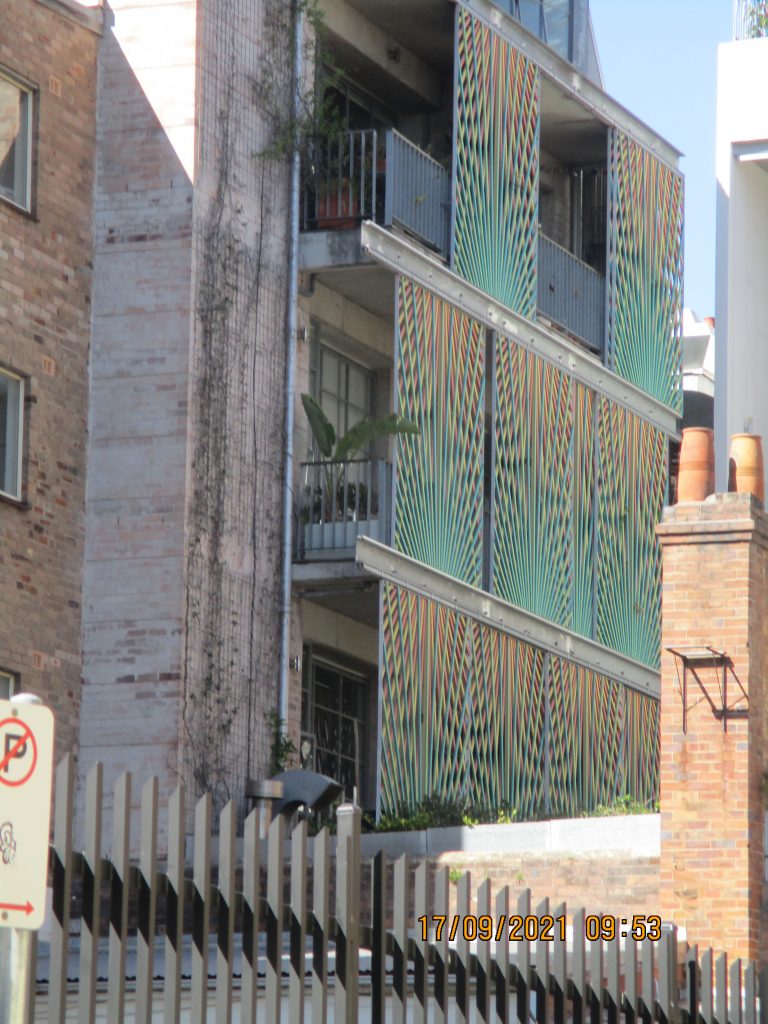OUR LOCAL CRACKS AND CREVICES

The word flâneur derives from the Old Norse verb flana, ‘to wander with no purpose’. The terms of flânerie date to the 16th or 17th century, denoting strolling, idling, often with the connotation of wasting time. But it was in the 19th century that a rich set of meanings and definitions surrounding the flâneur took shape.
Today, flâneur is a French noun referring to a person, literally meaning “stroller”, “lounger”, “saunterer”, or “loafer”, but with some nuanced additional meanings. Flânerie is the act of strolling, with all of its accompanying associations. A near-synonym is boulevardier.
The flâneur was a male person from 19th-century France, essential to any picture of the streets of Paris. The word carried a set of rich associations: a man of leisure, the idler, the urban explorer, the connoisseur of the street. It was Walter Benjamin, drawing on the poetry of Charles Baudelaire, who made this figure the object of scholarly interest in the 20th century, as an emblematic archetype of urban, modern experience. Following Benjamin, the flâneur has become an important symbol of aesthetic urbanity for scholars, artists, and cognoscenti.
And the lanes and by-ways of the 2011 postcode provide an opportunity for a flaneur to have a peek behind the facades of our area .
Strolling through Potts Point one can find a plethora of items to gaze at and enjoy. Consider McDonald Lane, running east-west from Victoria Street.
Look up. A kaleidoscope of colour greets the eye. At the rear of the Yellow building, apartments sit behind a colourful 10 x 10-metre timber cut-out screen by artist Matthew Johnson. See image above. The work is inspired by the artist’s visits to Terry Clune Galleries, later the Yellow House, as a child, where he was given a game of pick-up-sticks to play with by Thelma Clune. Original Martin Sharp works were uncovered on site during the refurbishment. They were transported brick by brick to the foyer and touched up by Martin himself before he died in 2013.
Or Rockwell Lane, running parallel to Rockwall Crescent, and which forms a boundary to St Vincent’s College music school from where scales and arpeggios magically emanate.
Or Hordern Place, off Victoria Street, a cul-de-sac providing spectacular views of the Domain and city skyline.
There’s also Roslyn Lane, Oak Lane, Orwell Lane, Hughes Lane, Barnclueth Lane and Penny’s Lane, one of the oldest in the area with its cobble-stone-style pavers. This is where a fight occurred according to the Sydney Morning Herald of July 1936.
“A large crowd watched a fight between Constable Kerr, of the Darlinghurst police, and a boxer in Penny’s-lane, near Bayswater road. King’s Cross, early this morning. Constable Kerr attempted to arrest, the man and a woman. A fierce struggle occurred, but the man was finally over-powered and thrust into a taxi-cab. The woman was lost in the crowd. Many people stood in a circle while the struggle was in process, but made no attempt either to help the constable or obstruct him. A man and a woman were subsequently charged at Darlinghurst Police Station with resisting the police and using indecent language.”
And Kellett Lane includes a large wall mural of unknown origin and meaning and is worth pondering.
Baroda Lane offers a different, interesting perspective of the Gazebo tower from behind.
Orwell Lane also reveals a secret. A quaint “cottage” hides an unusual use. As you approach it hums. And a large sign reads “DANGER HIGH VOLTAGE”. This is heritage-listed electricity substation number 101, designed to blend with its urban area.
There are more than a dozen lanes in the area, all worth exploring during daily walks and flaneuring, and all adding to the enjoyment of the area.
By Andrew Woodhouse
Heritage Solutions





